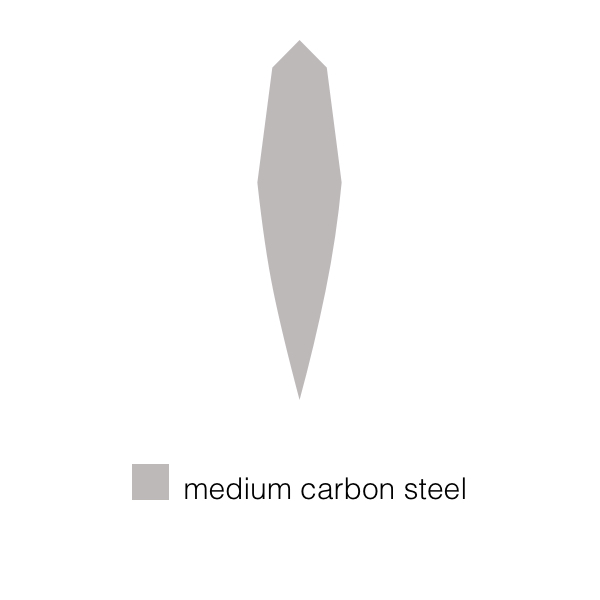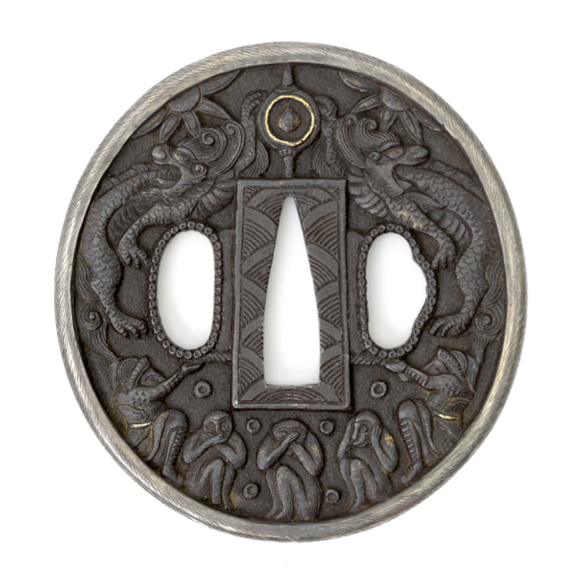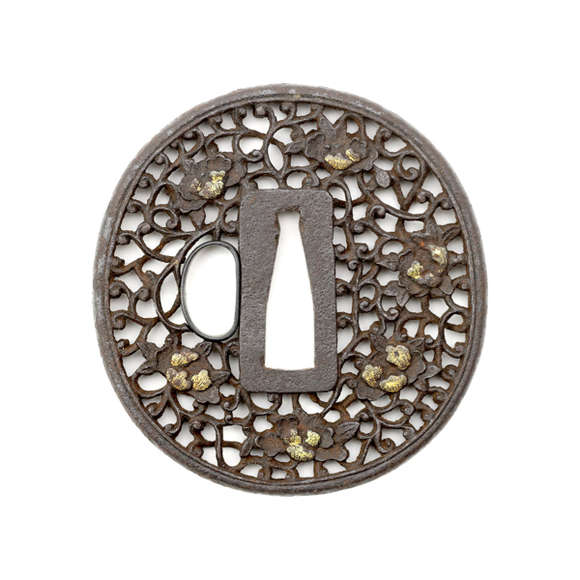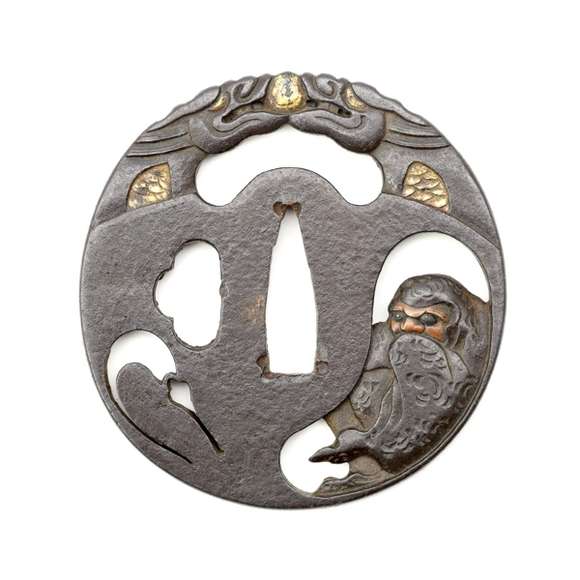Language: Japanese
Source: In common use
Description
Maru-gitae (丸鍛え) could literally be translated as "whole forging".
It is the most basic construction for a Japanese blade where a single type of medium to high carbon steel is used. Differences between hardness in the edge and body of the steel come solely from the heat treatment applied on the finished blade.

This method was most common on all blades in early Kotō work but remained in use on shorter blades in all periods.
Notes
Markus Sesko; Encyclopedia of Japanese swords. Lulu Publishing. 2014. Page 280. (Available for purchase here.)






